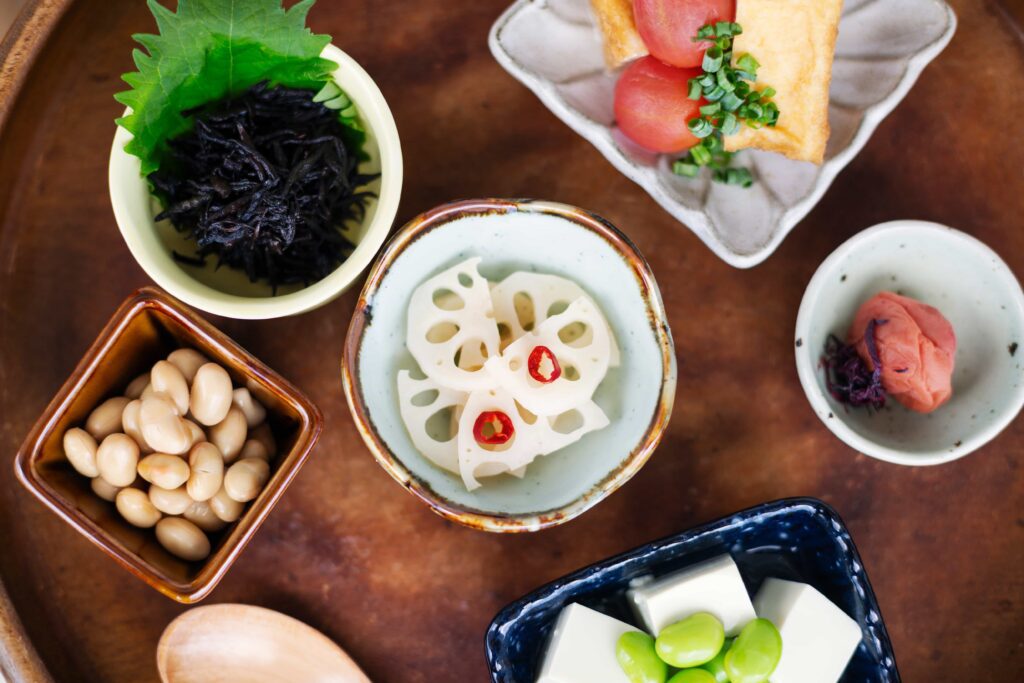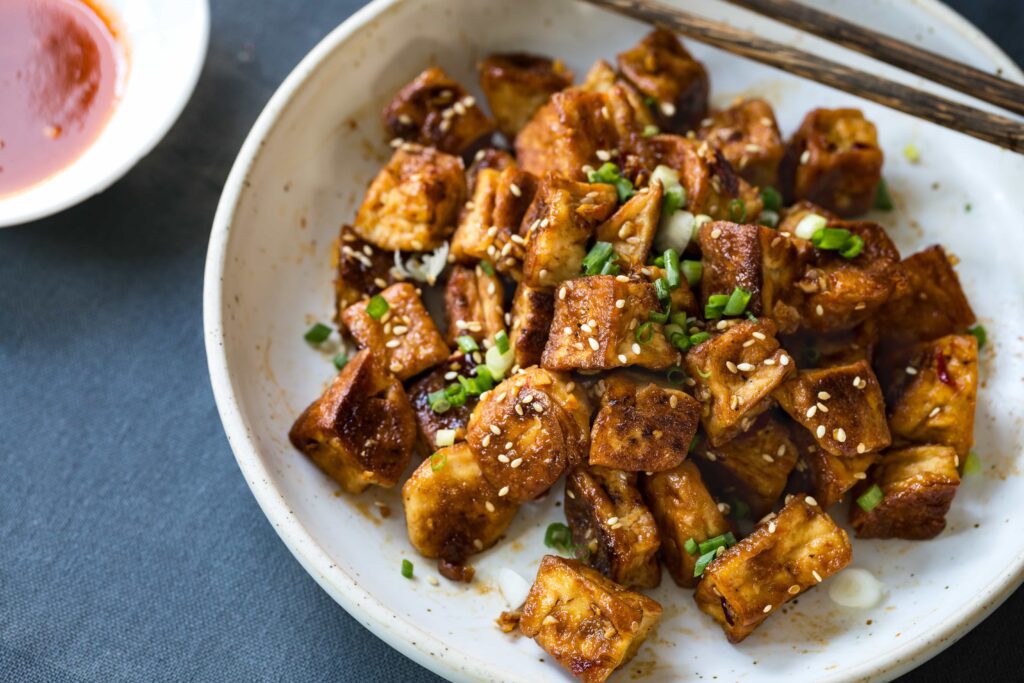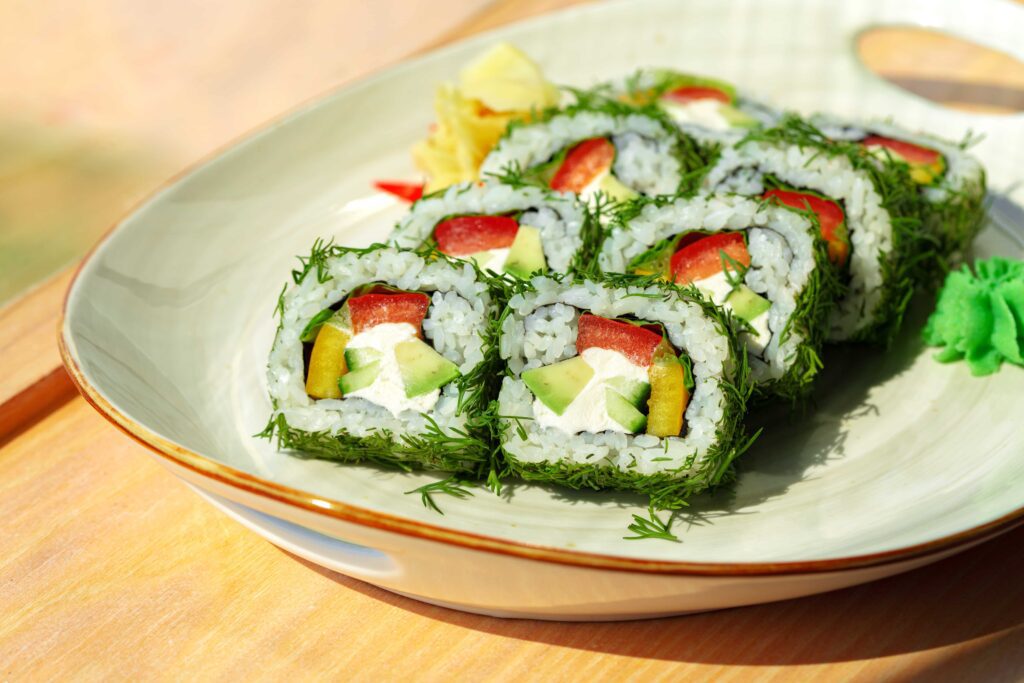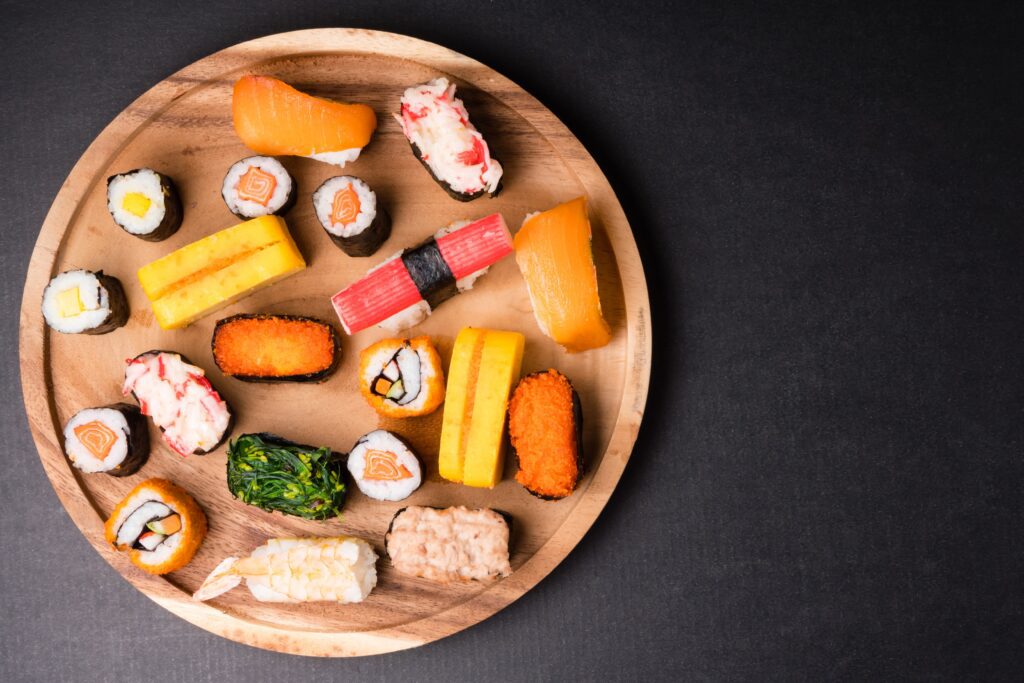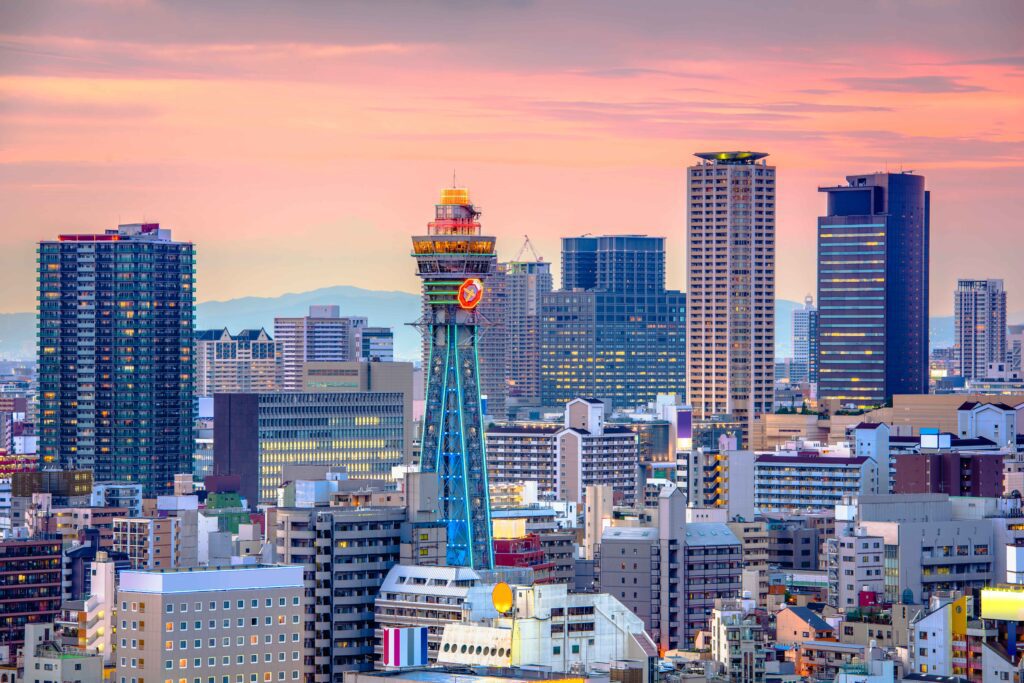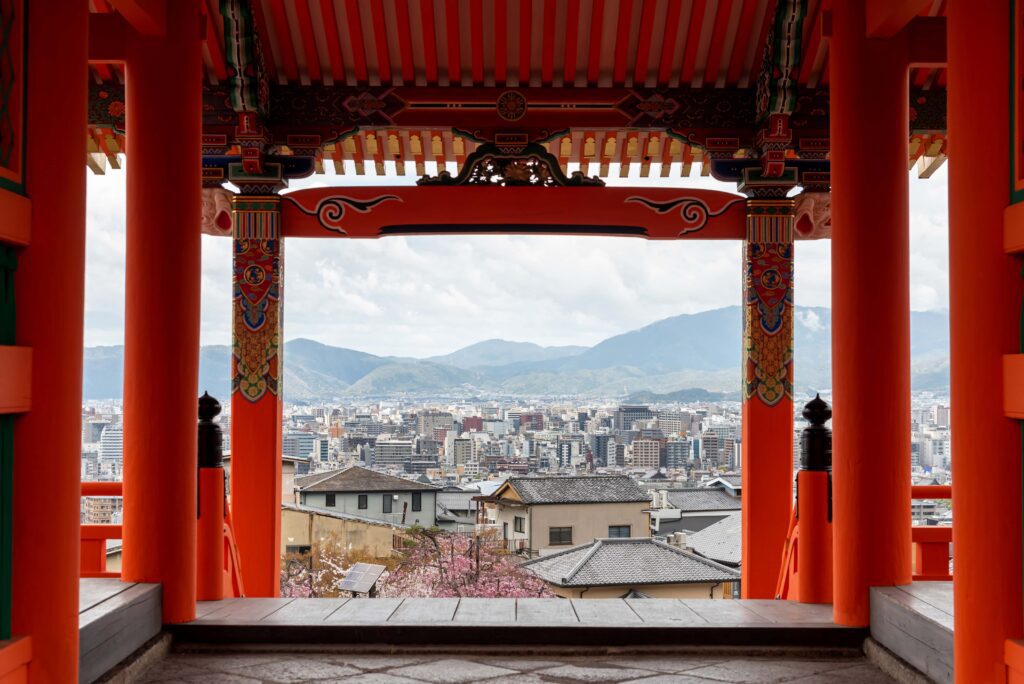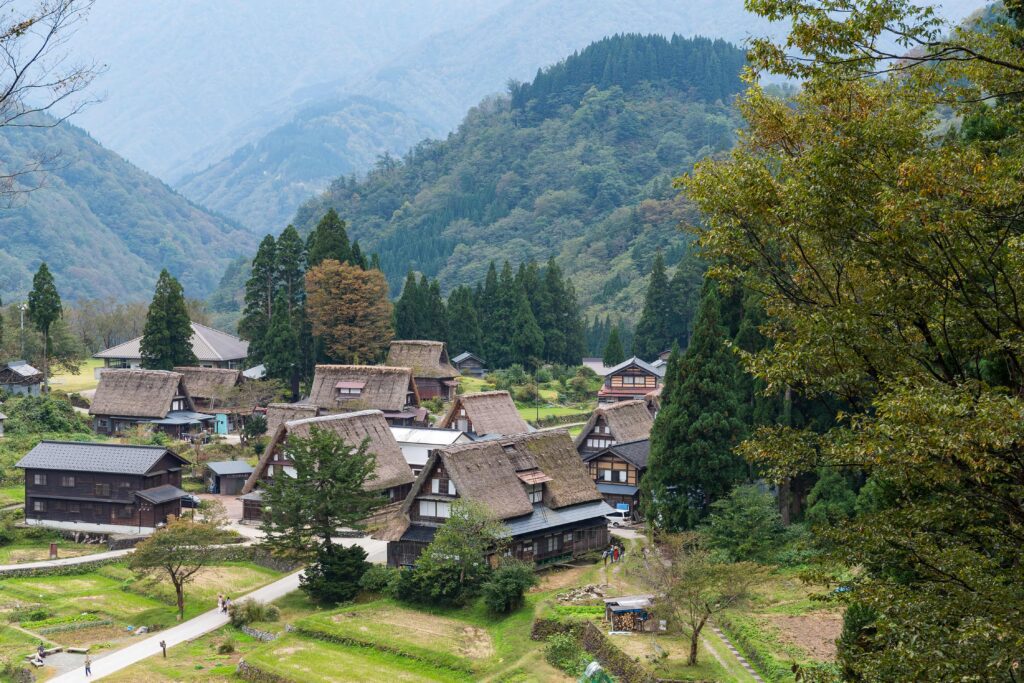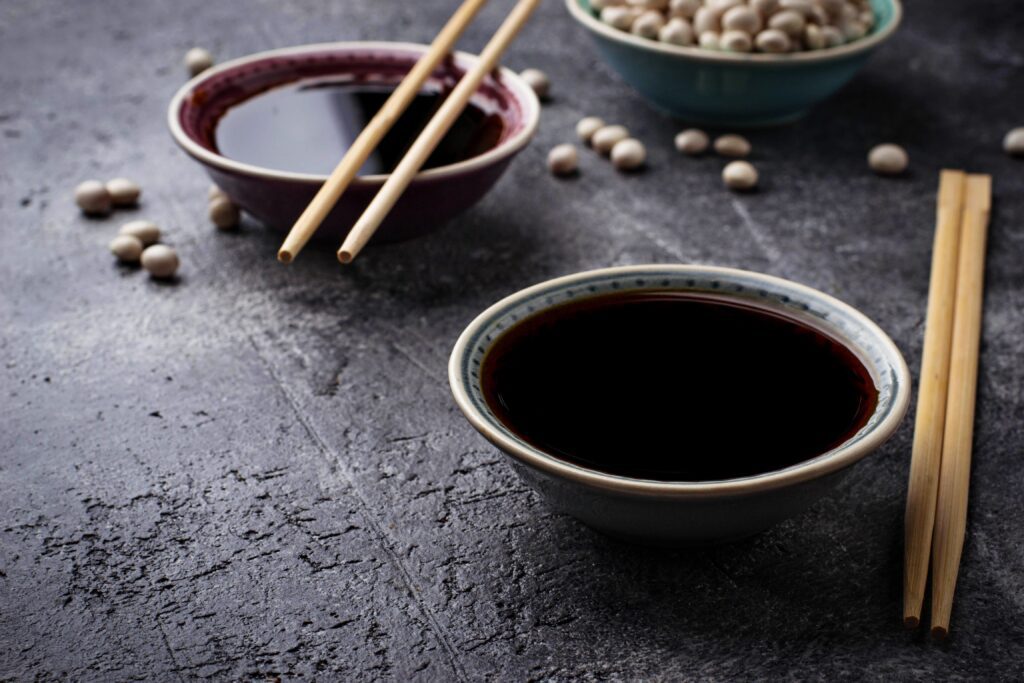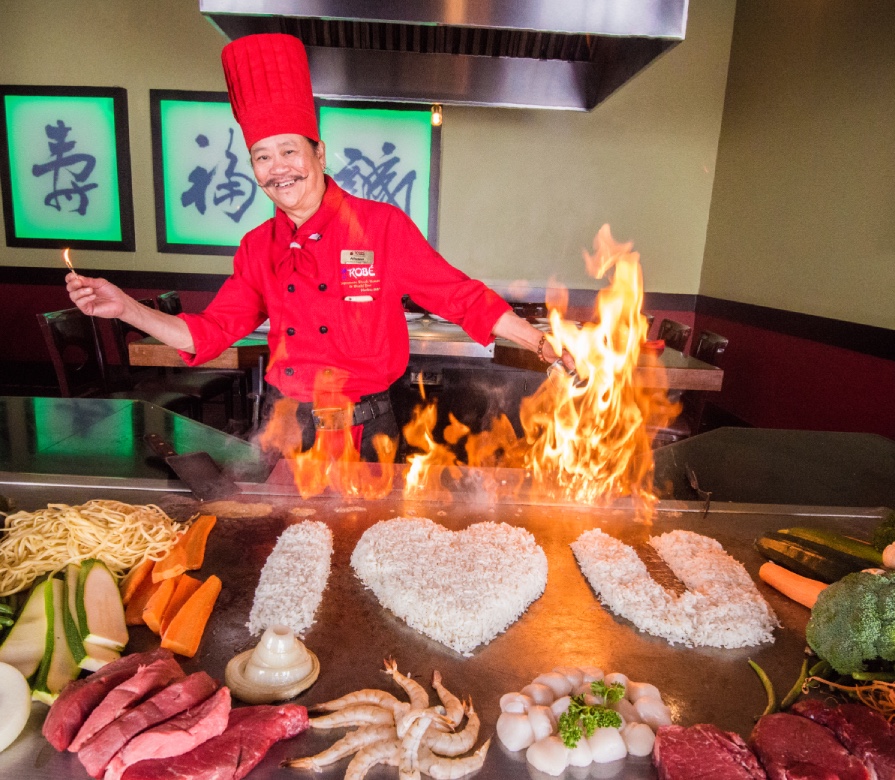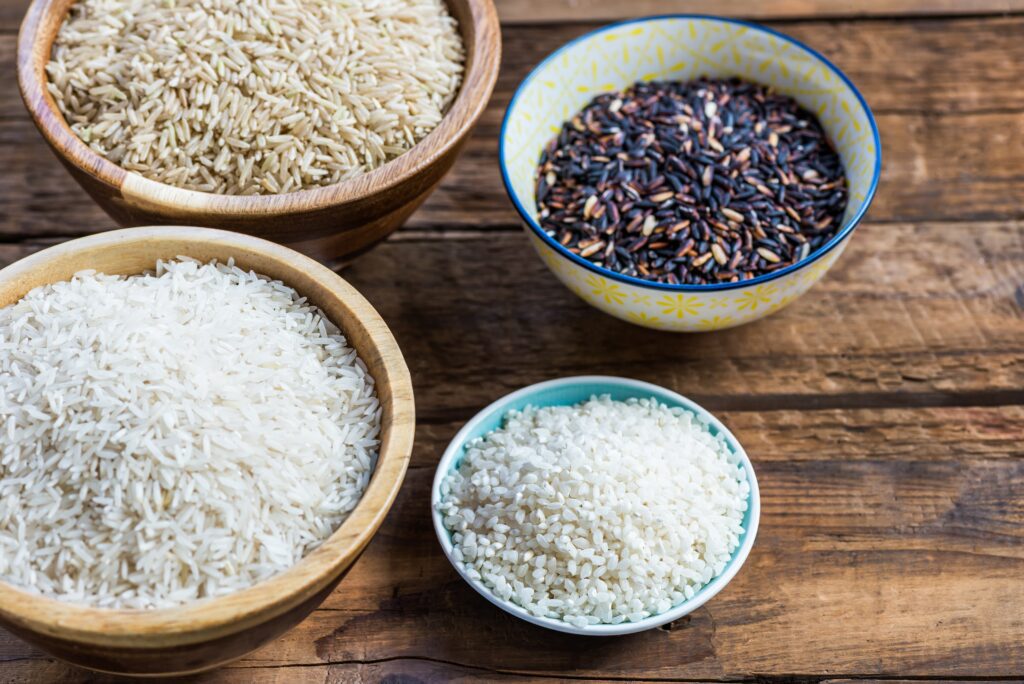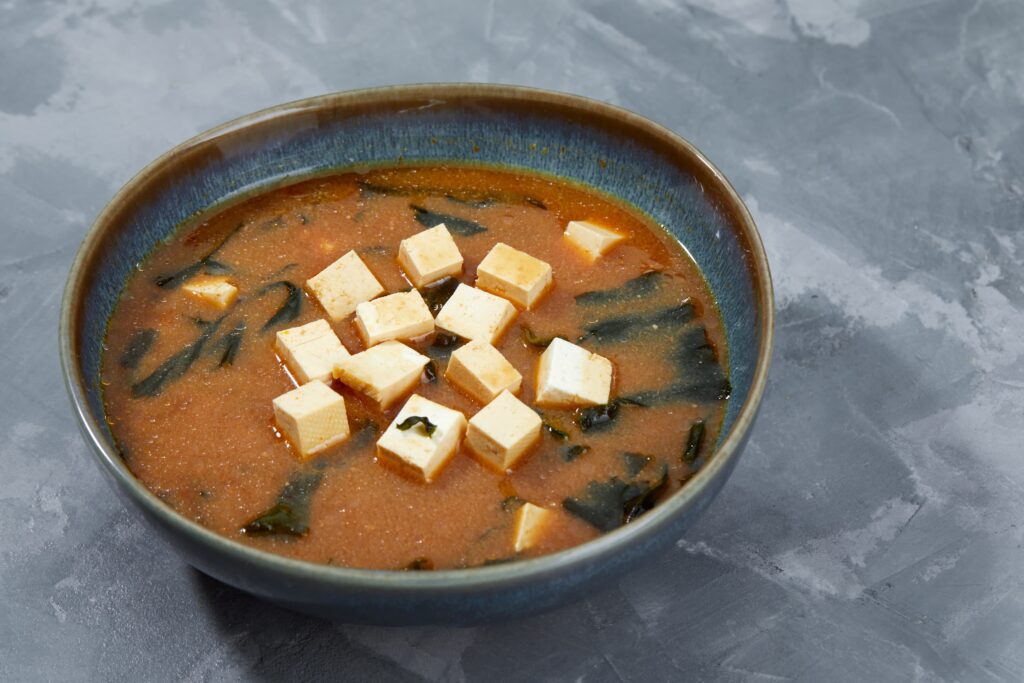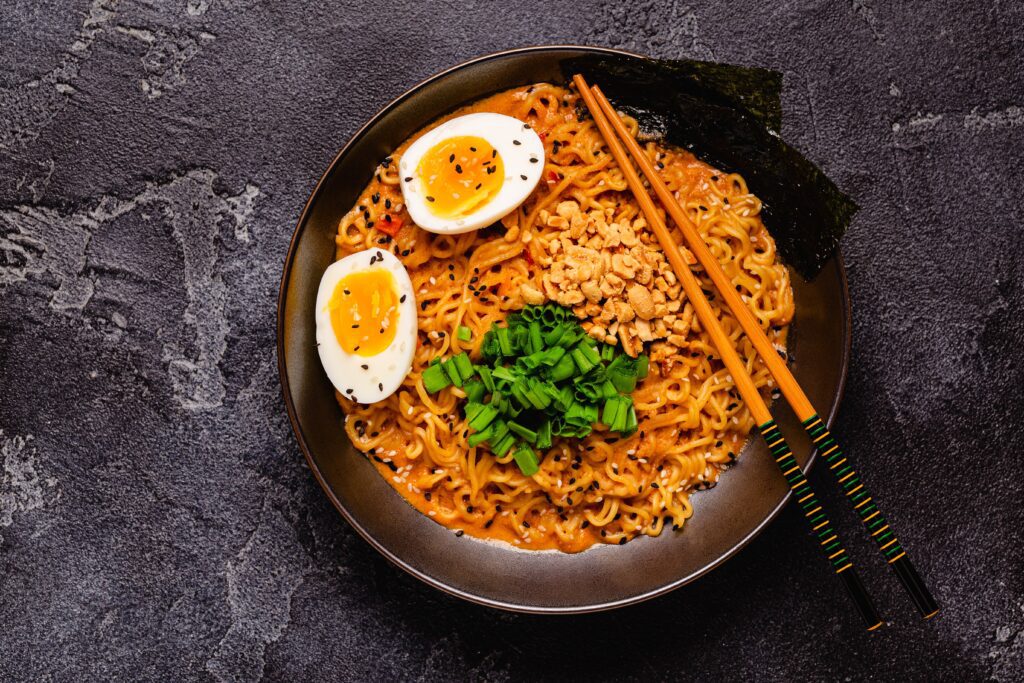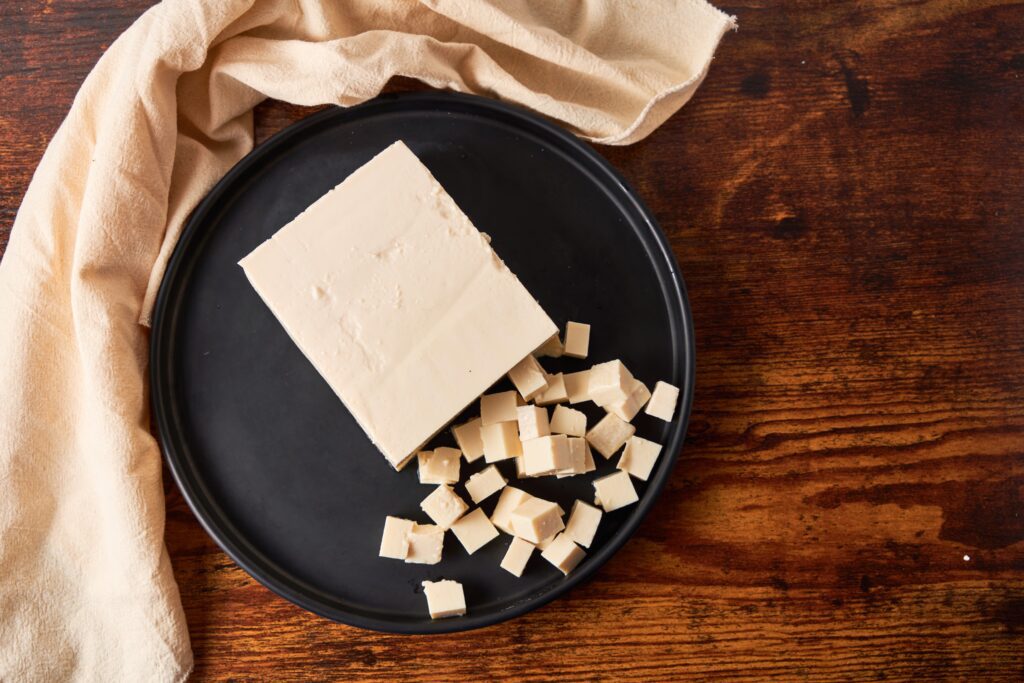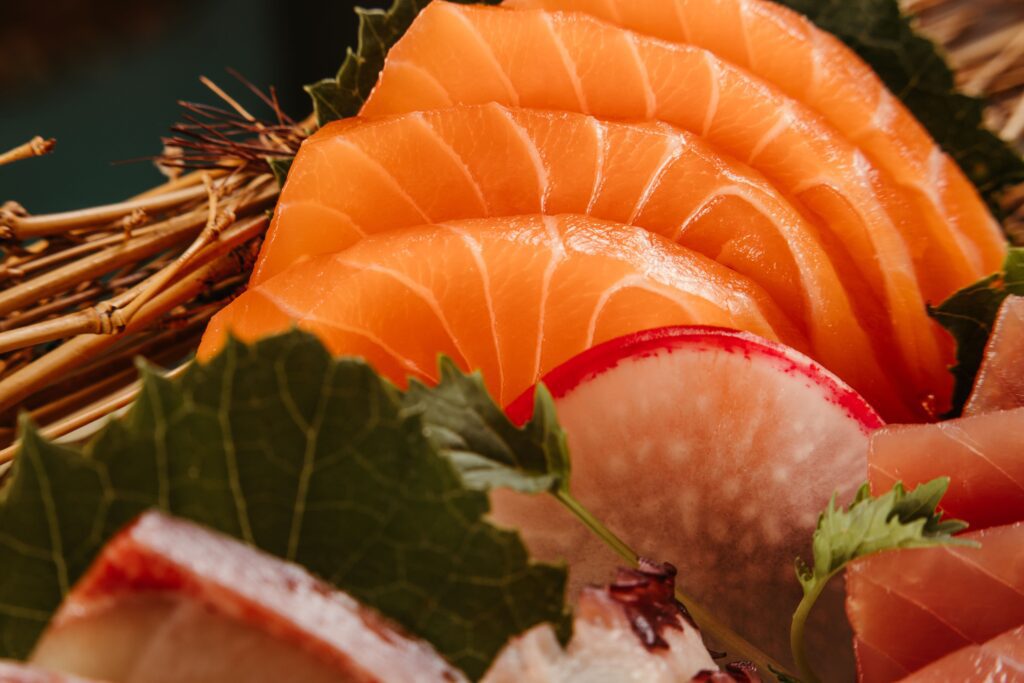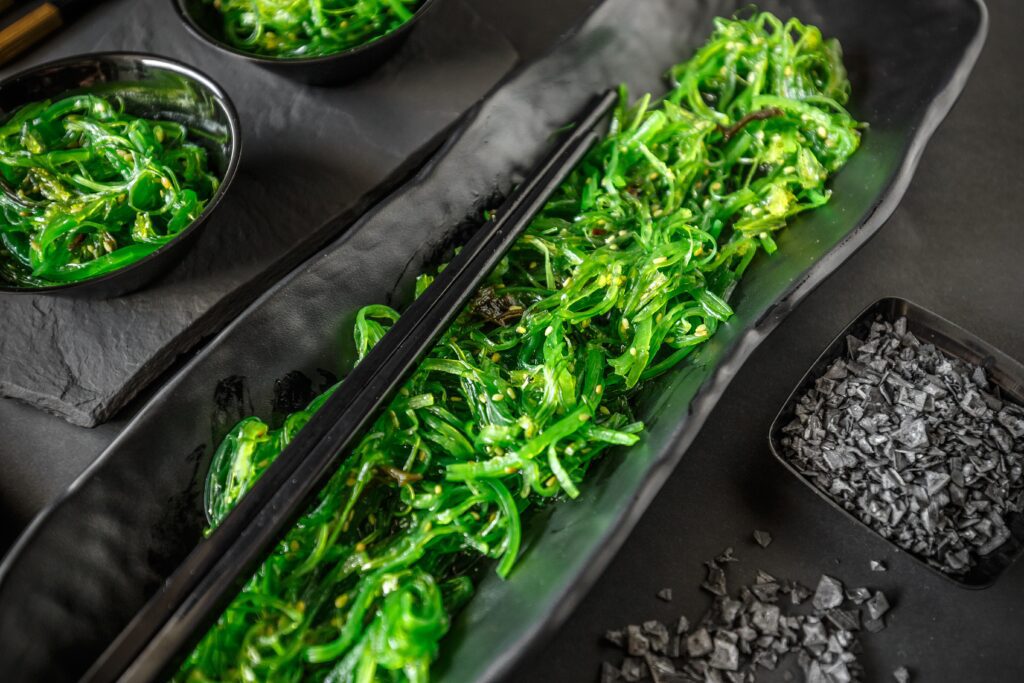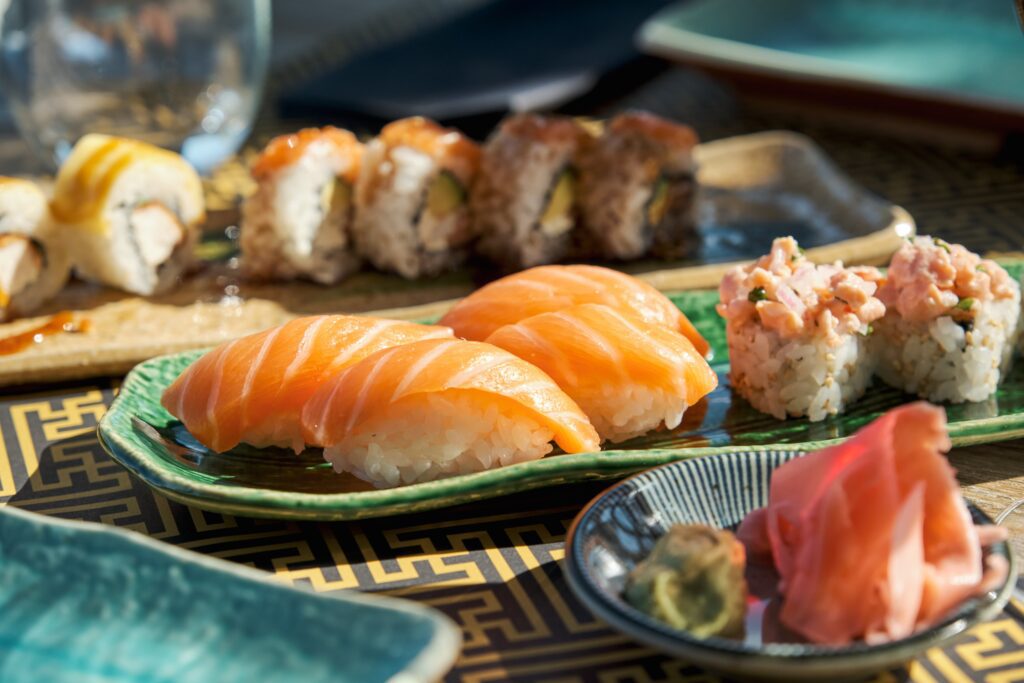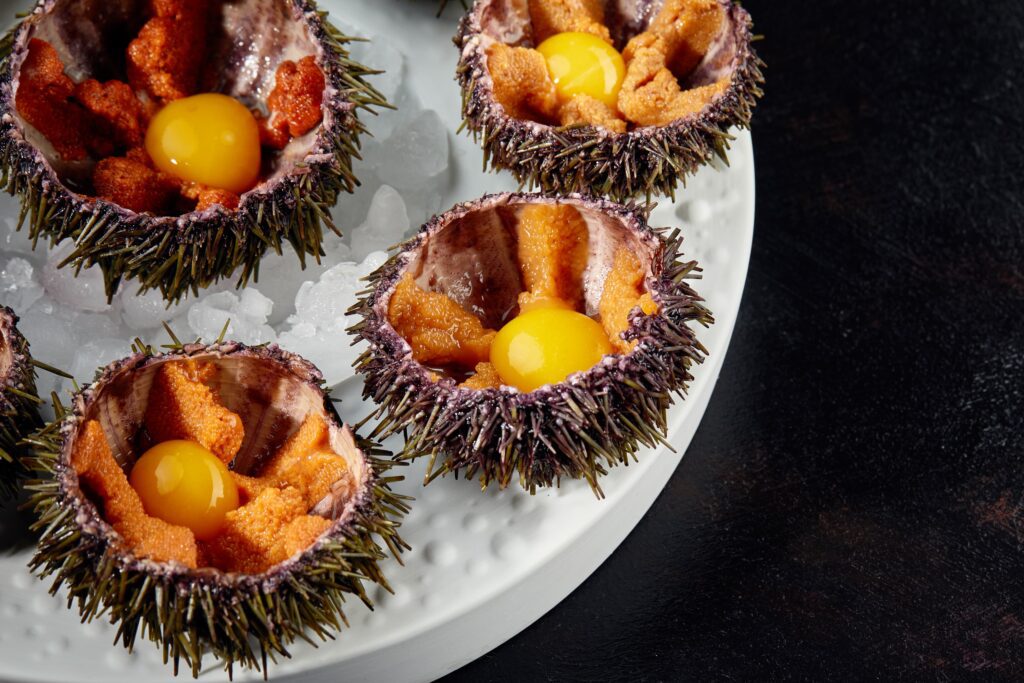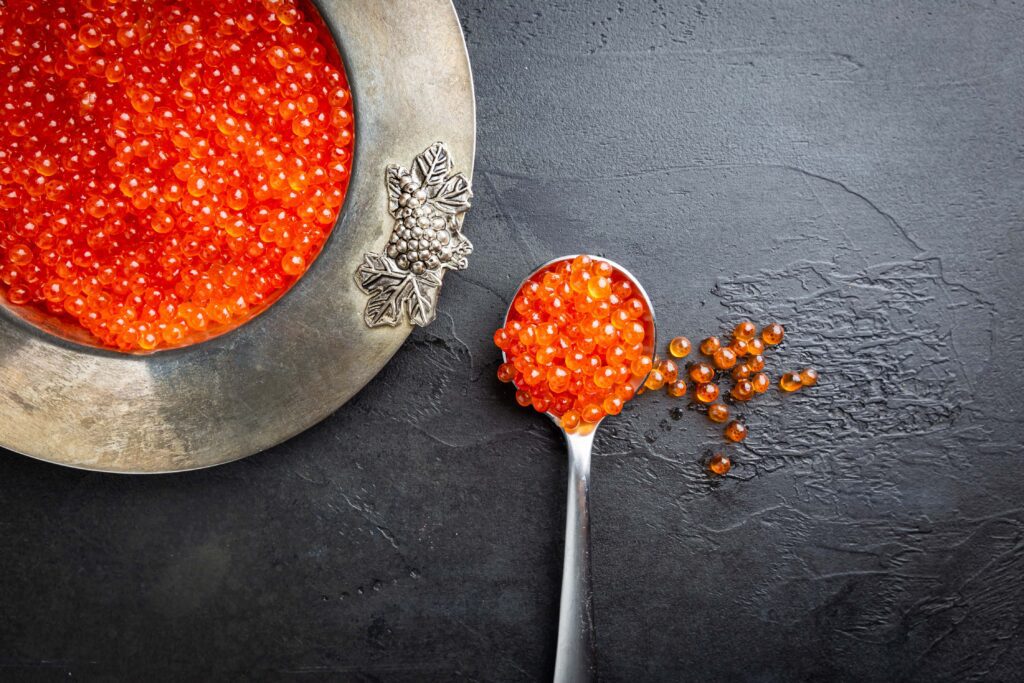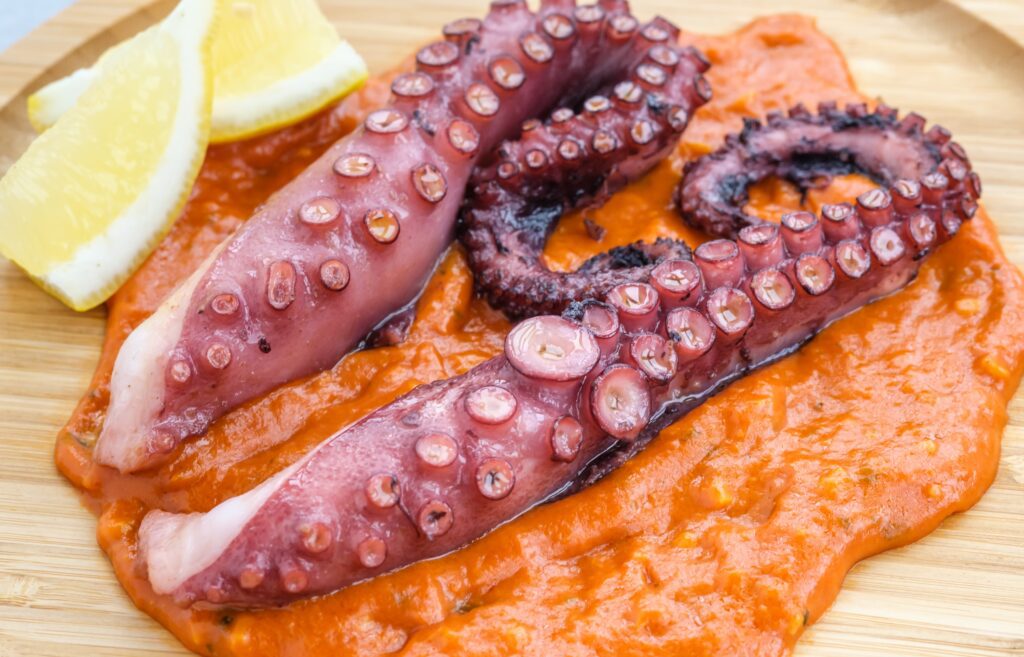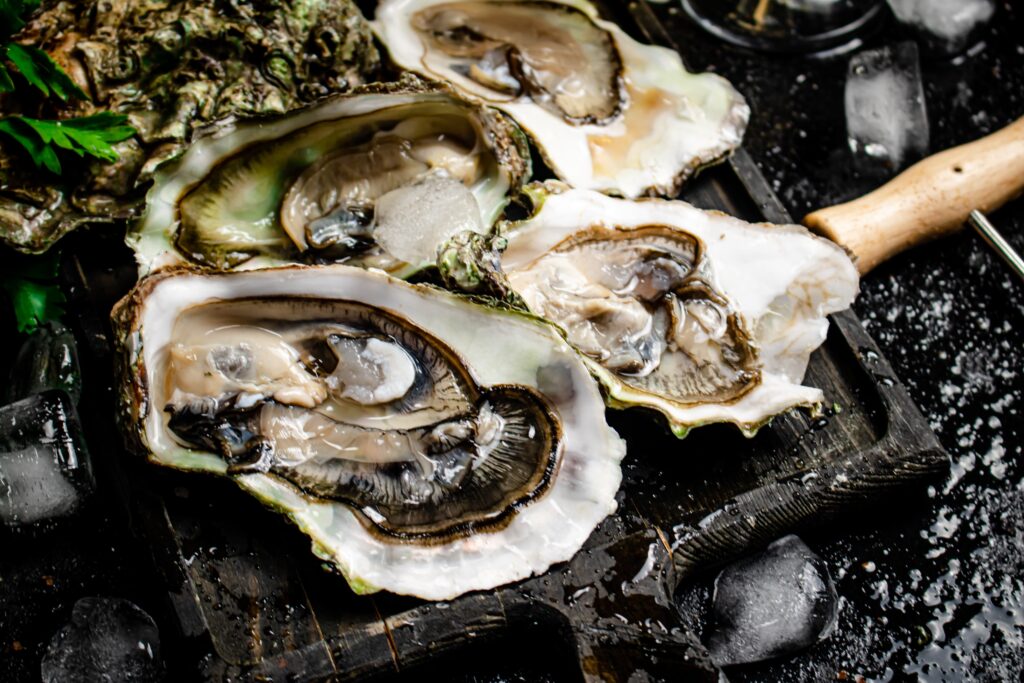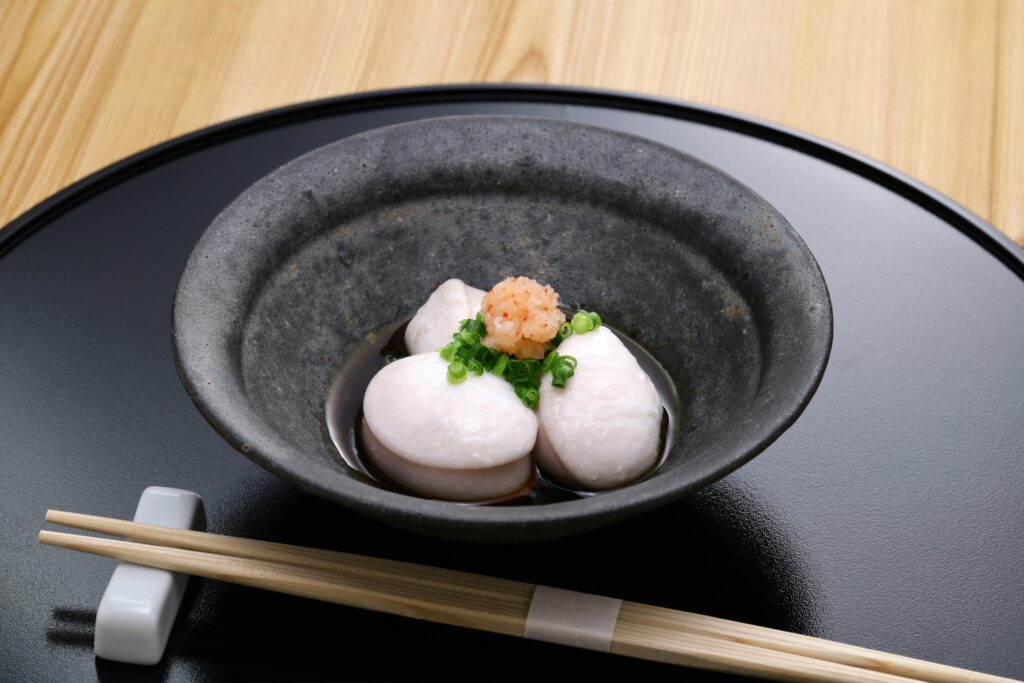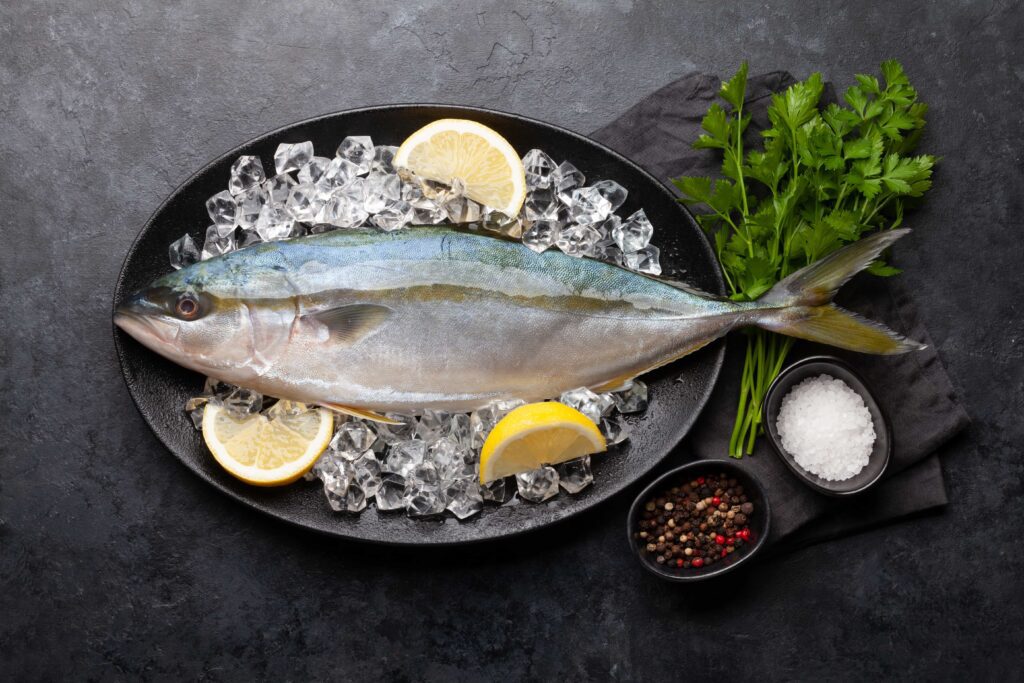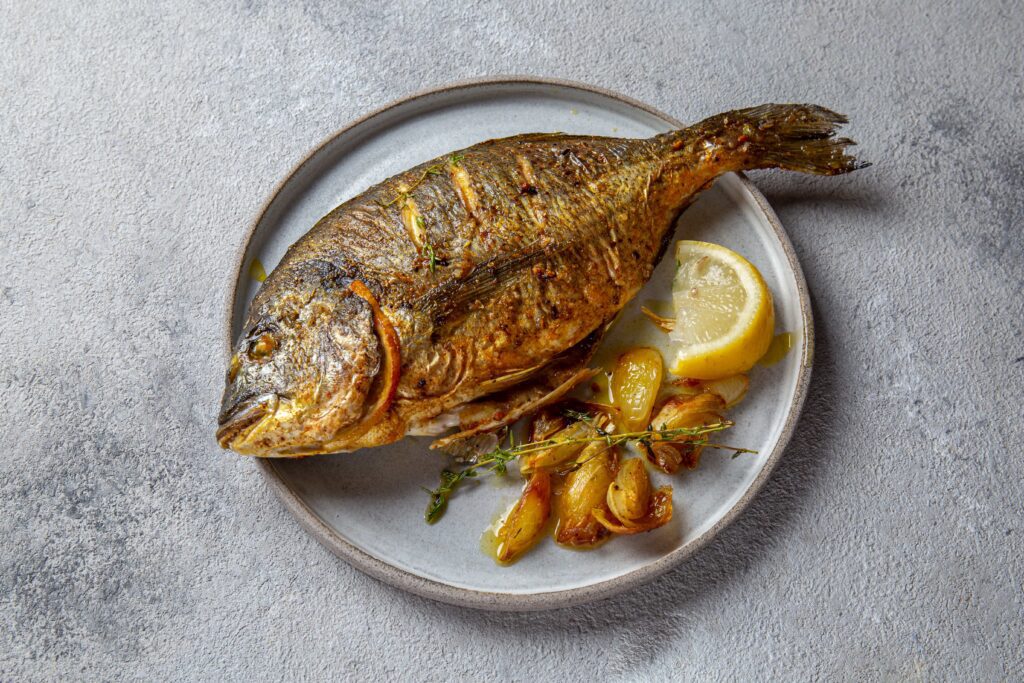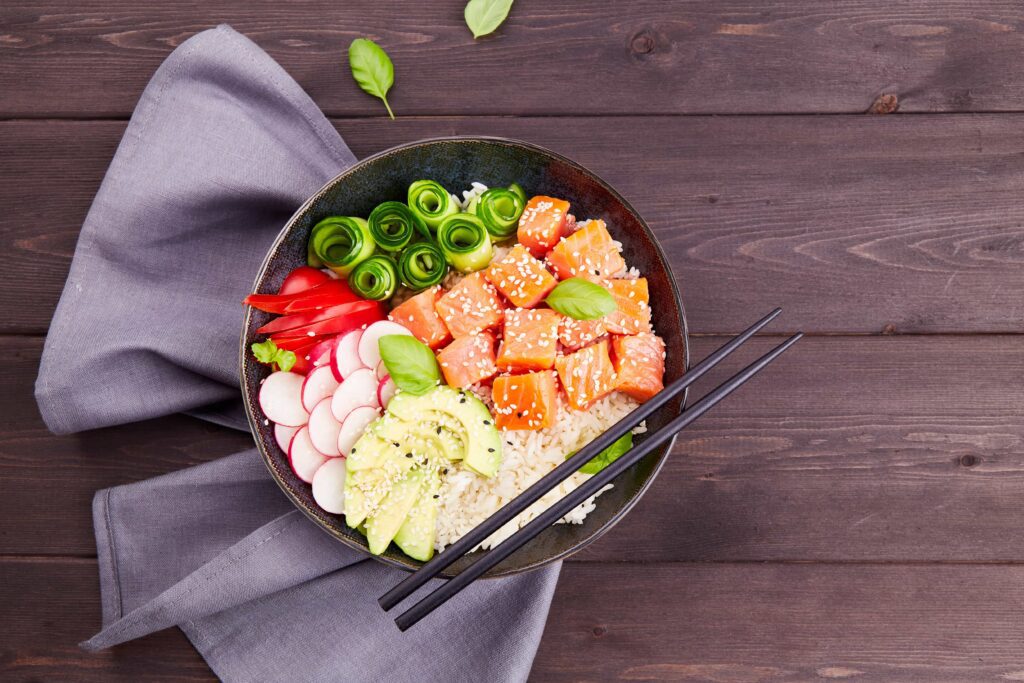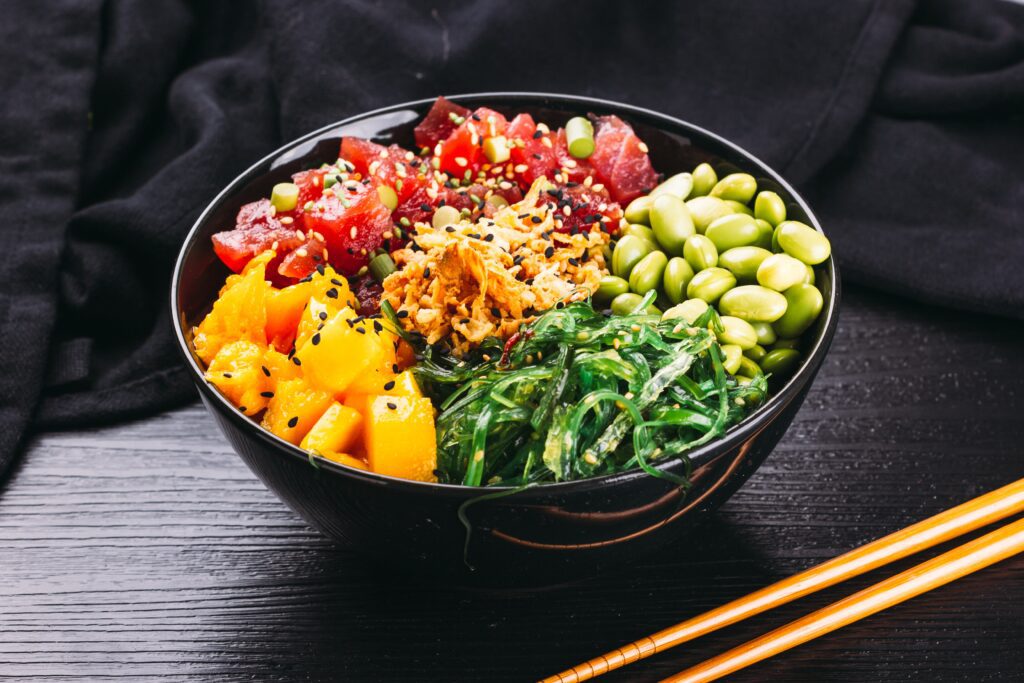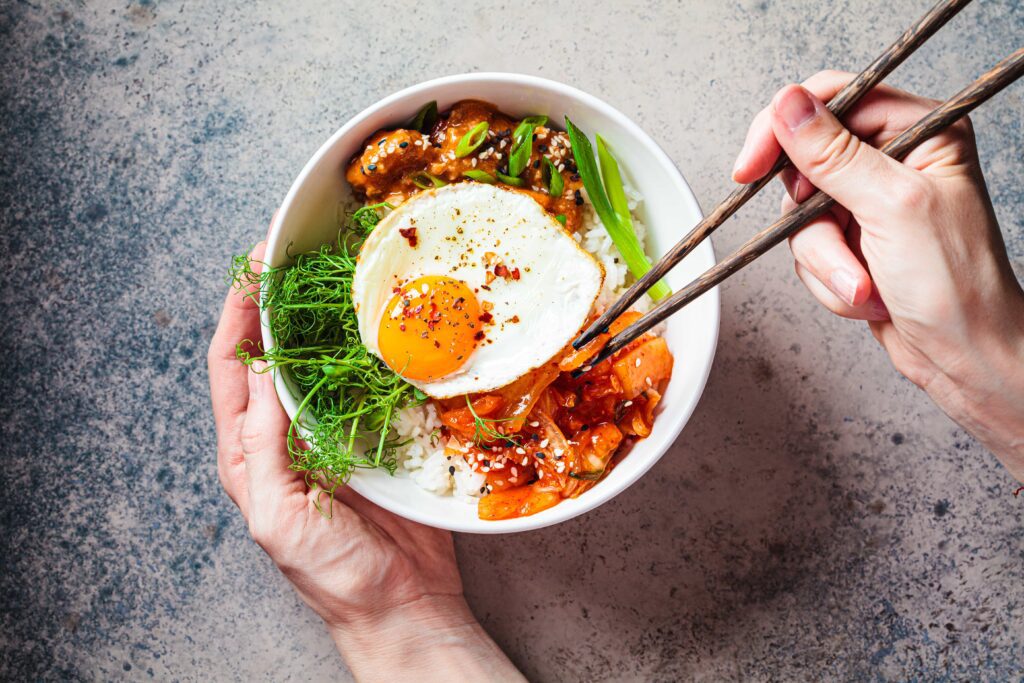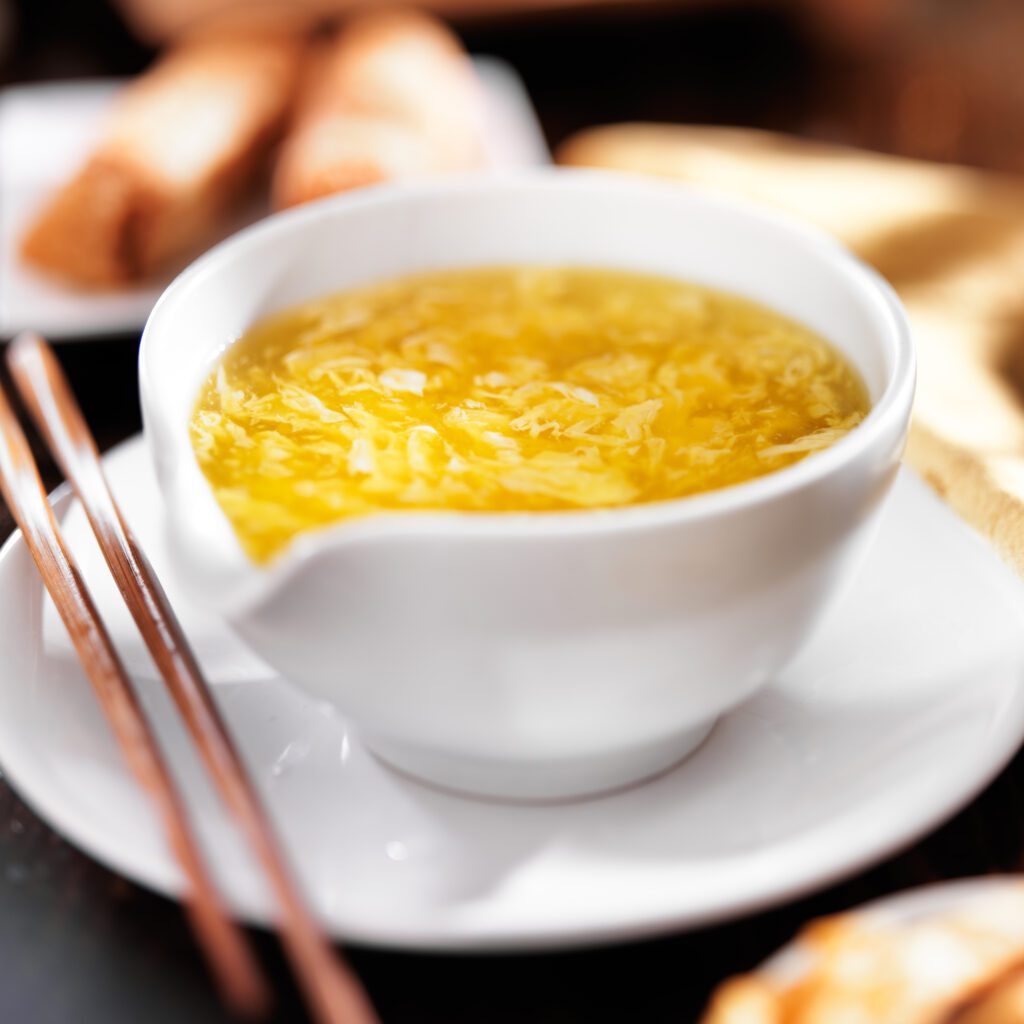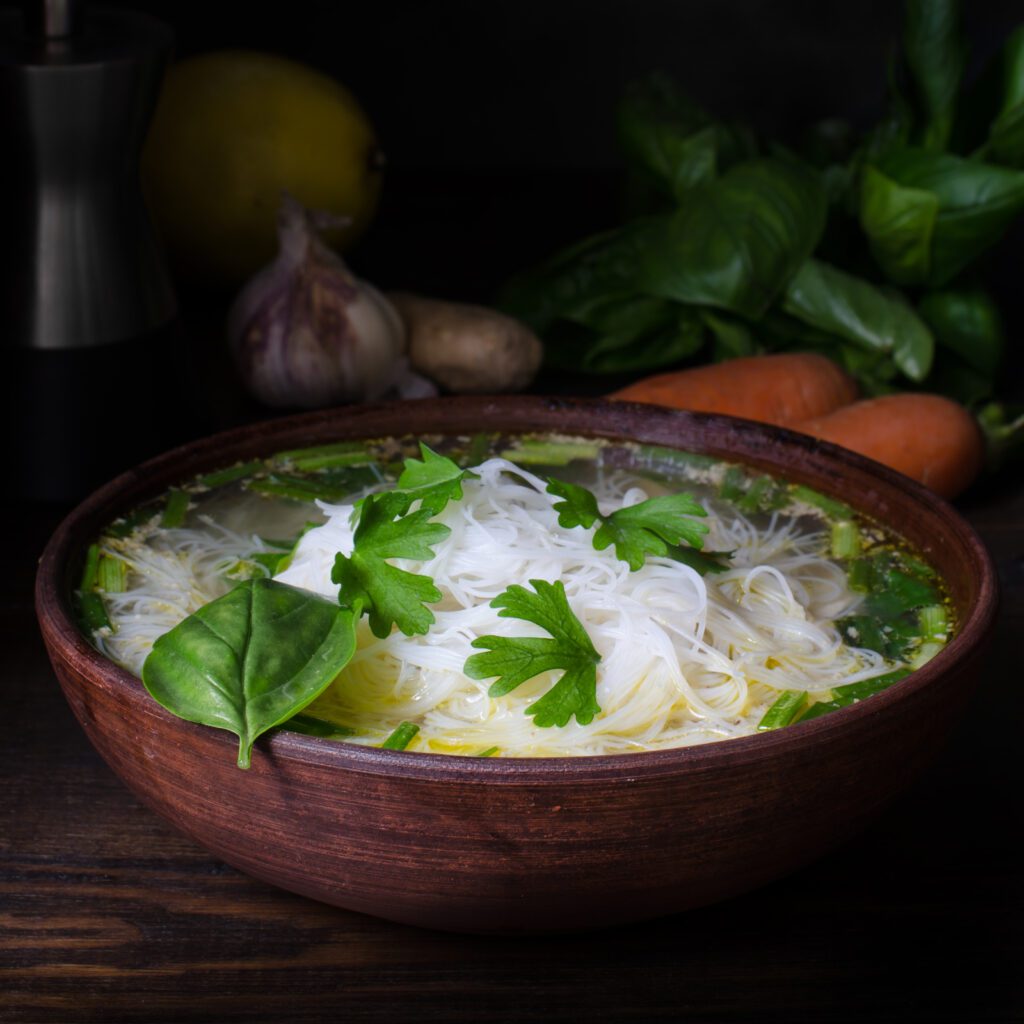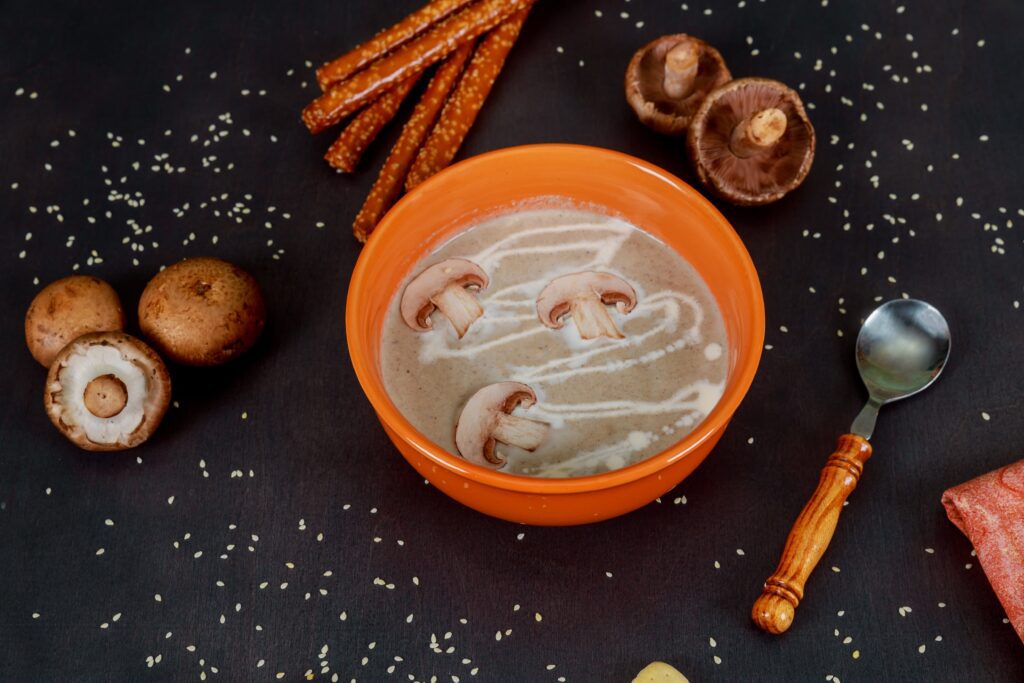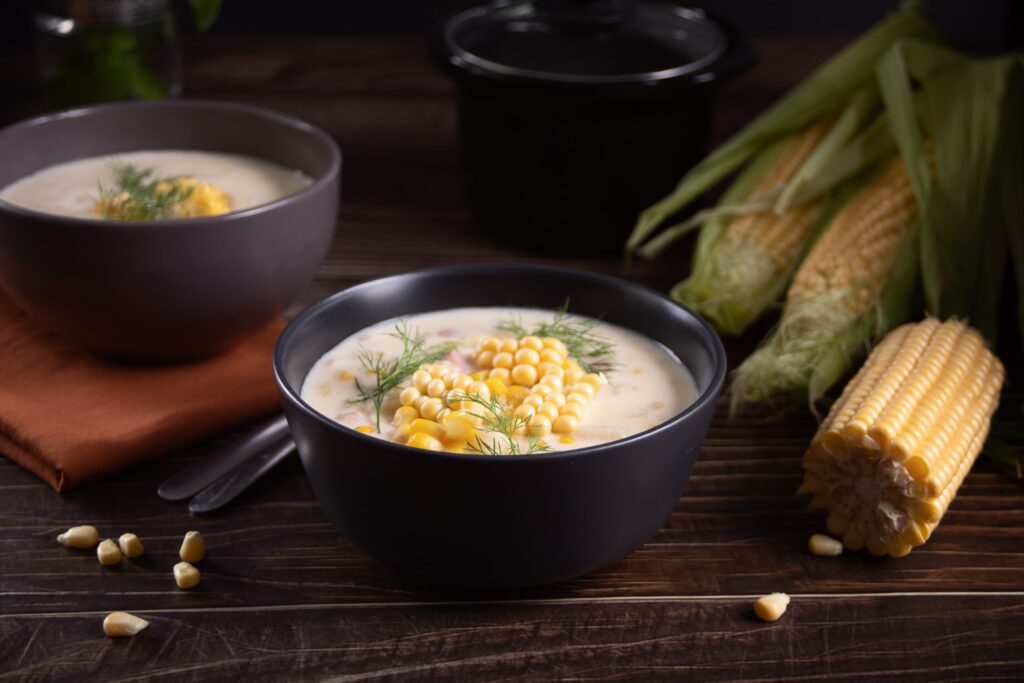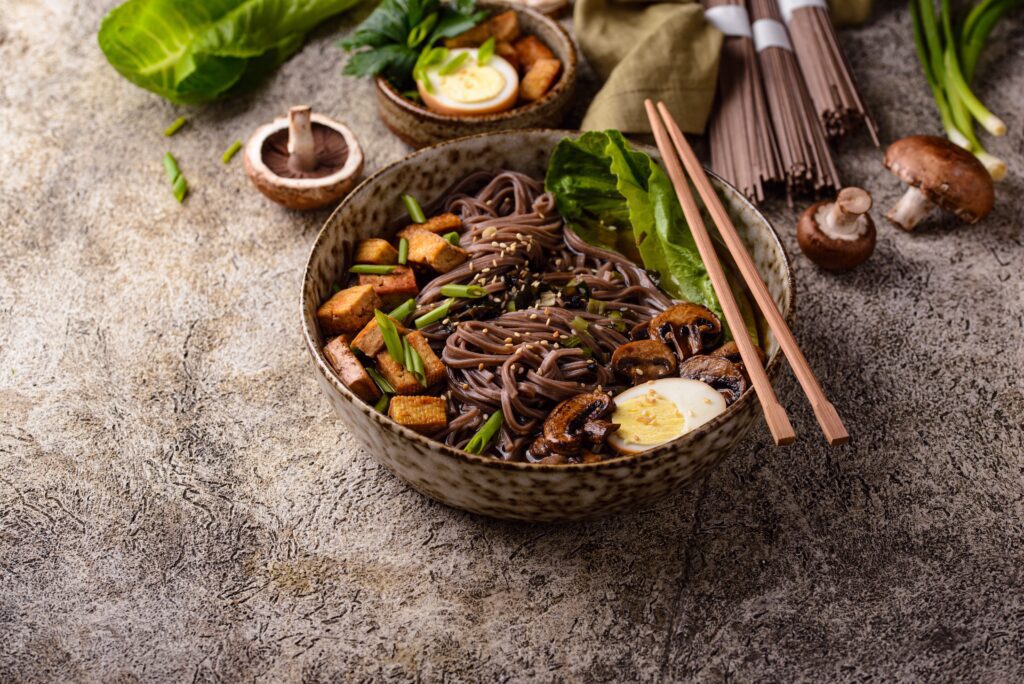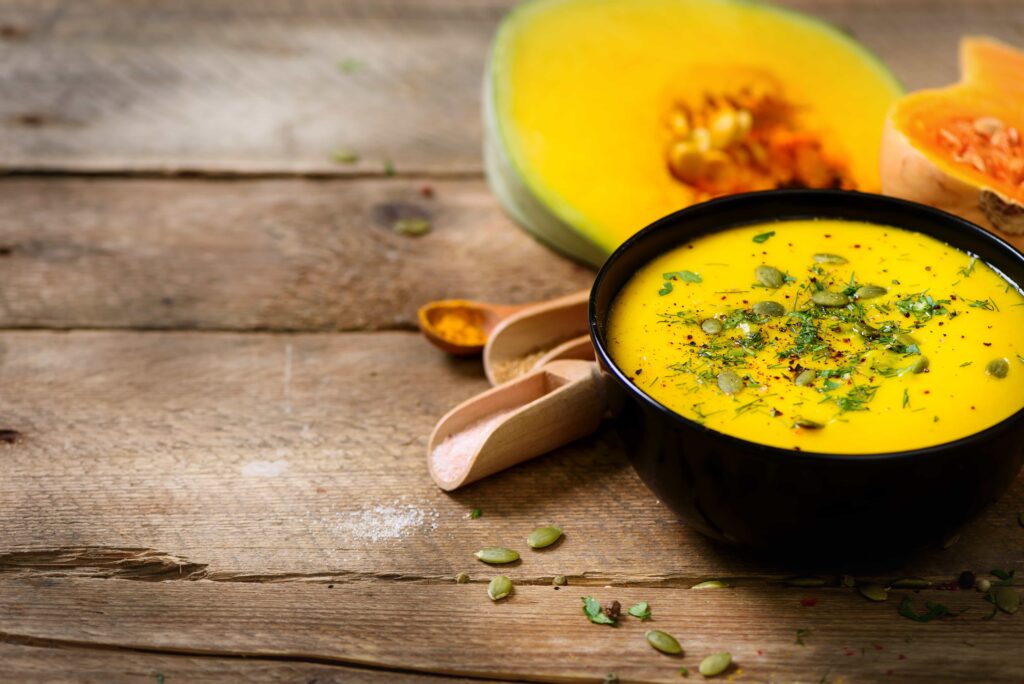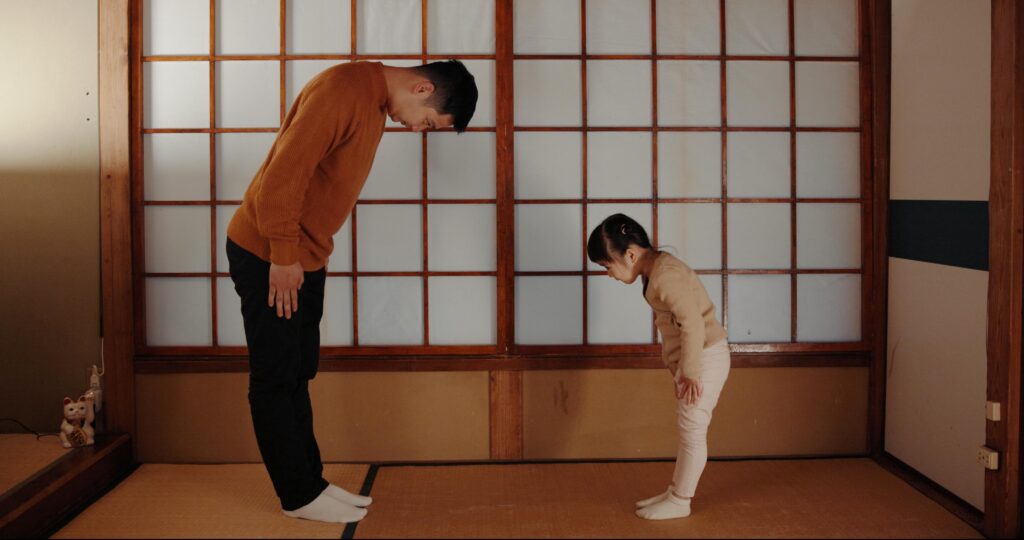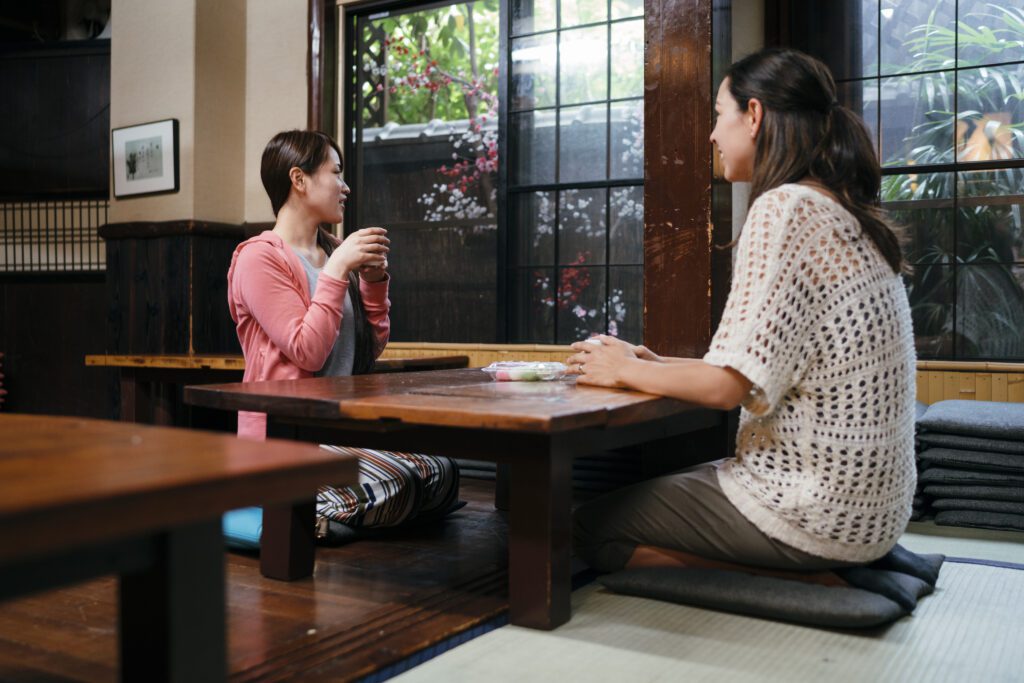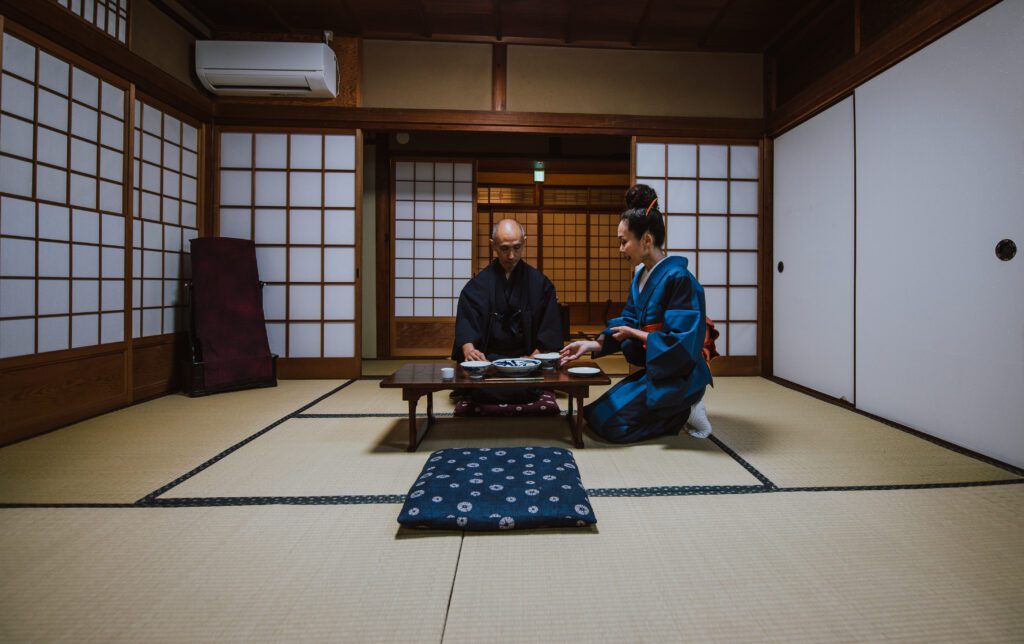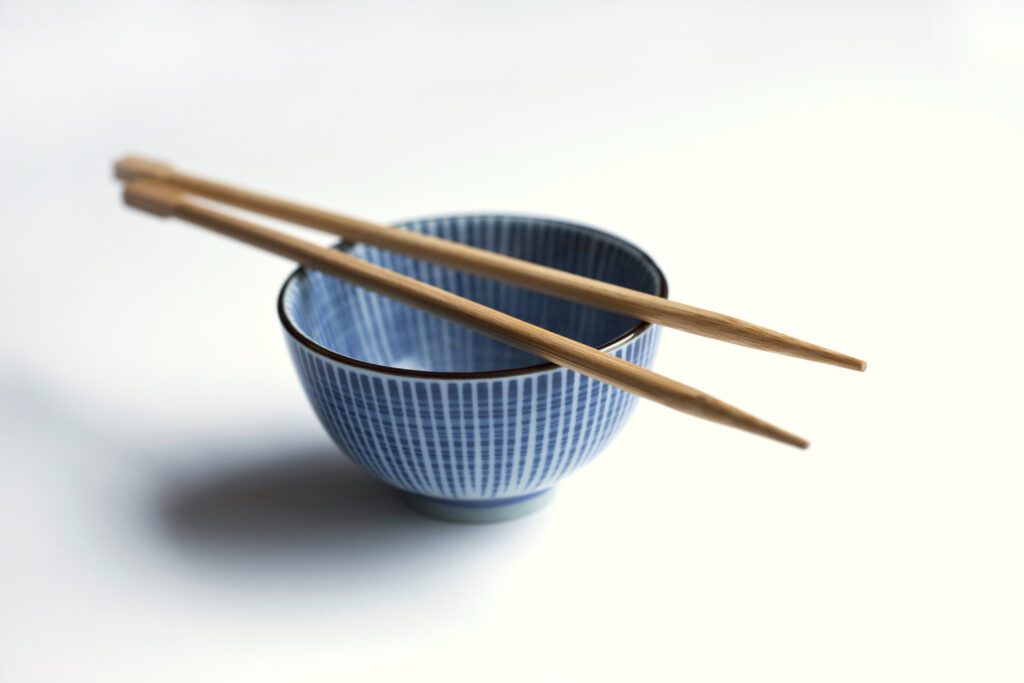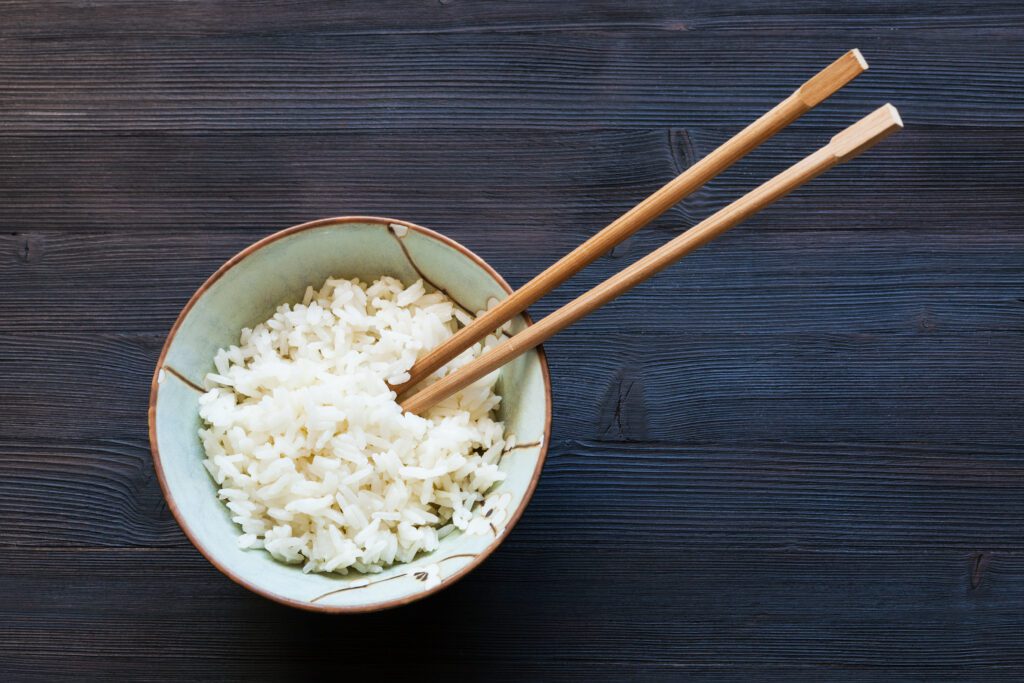Healthy Japanese Food: Enjoy Japanese Cuisine That’s Good For You
Everyone wants to eat healthier. However, many characterize healthy foods as tasteless and boring. Healthy Japanese food breaks that stereotype..
When you think of Japanese foods, the majority of the delicious meals you think about are already incredibly healthy from their root ingredients to how they are prepared for consumption.
In this blog, we will look at:
- Foundation of Healthy Japanese Foods
- Popular Dishes
- Traditional Japanese Diet
- Role of Fermented Foods
Let’s dive in!
The Foundation of Healthy Japanese Cuisine
Japanese cuisine is celebrated for fresh flavors, elegant presentation, and remarkable health benefits. At its core, the foundation of Japanese food is built on mindful eating, seasonal awareness, and nutritional balance.
Let’s explore the principles that make traditional Japanese cuisine one of the healthiest diets in the world.
Seasonal Ingredients
A central pillar of Japanese cooking is the concept of “shun”—using ingredients at the peak of their season. This philosophy ensures that meals are not only flavorful but also packed with optimal nutrients.
From tender bamboo shoots in spring to sweet kabocha squash in autumn, seasonal produce is celebrated and integrated into daily cooking. This practice encourages variety throughout the year and supports a diet rich in vitamins, minerals, and antioxidants.
Eating with the seasons also fosters a deeper connection to nature, reduces environmental impact, and supports local farmers. By prioritizing what’s fresh and in-season, Japanese cuisine remains both sustainable and nutritionally dense.

Balance and Simplicity
Japanese meals are thoughtfully structured around balance, both in flavor and in nutrition.
A typical meal often includes:
- Rice
- Soup (like miso)
- Protein (such as fish or tofu)
- Small side dishes featuring vegetables.
This approach—known as ichiju-sansai (one soup, three dishes)—ensures a variety of textures, nutrients, and food groups in each meal.
Simplicity is another hallmark. Rather than relying on heavy sauces or excessive seasoning, Japanese cooking emphasizes natural flavors.
Ingredients are lightly cooked or served raw to preserve taste and nutritional value. This minimalistic style allows each component to shine on its own, reducing the need for processed additives or artificial flavor enhancers.
Low in Saturated Fats
Traditional Japanese cuisine is naturally low in saturated fats, thanks to its emphasis on plant-based foods, seafood, and lean proteins. Instead of butter or cream, Japanese cooking uses ingredients like dashi (a seaweed and fish broth), soy sauce, miso, and vinegar for depth of flavor.
High in Omega-3s
The high consumption of omega-3 fatty acids in Japanese cuisine comes primarily through fish. Fatty fish like salmon, mackerel, and sardines are staples of the diet, offering protective benefits for the heart, brain, and joints.
These omega-3-rich foods help reduce inflammation, lower triglyceride levels, and may even support mood and cognitive function.
Popular Healthy Japanese Foods
Traditional Japanese cuisine offers a wide variety of dishes that are both flavorful and nutritious. Here are some of the most popular healthy Japanese dishes:

Sushi: Nigiri and Sashimi
Nigiri and sashimi are staples of Japanese dining, especially known for their clean flavors and health benefits.
- Nigiri consists of a small hand-formed mound of vinegared rice topped with a slice of raw fish, like tuna or salmon.
- Sashimi is simply thinly sliced raw fish, served without rice.
Both options are high in protein and omega-3 fatty acids while remaining low in calories. Sashimi, in particular, is extremely lean and free of added sugars or carbs, making it a favorite for those watching their calorie or carb intake.
Miso Soup
A comforting part of many Japanese meals, miso soup is made from fermented soybean paste (miso) mixed with dashi broth and often includes tofu, seaweed, and scallions.
Miso soup is:
- Low in calories
- A source of probiotics, which support gut health
- Packed with umami flavor and minerals like zinc and manganese
Its warm, savory quality makes it a satisfying addition to any meal without adding heavy fats or starches.
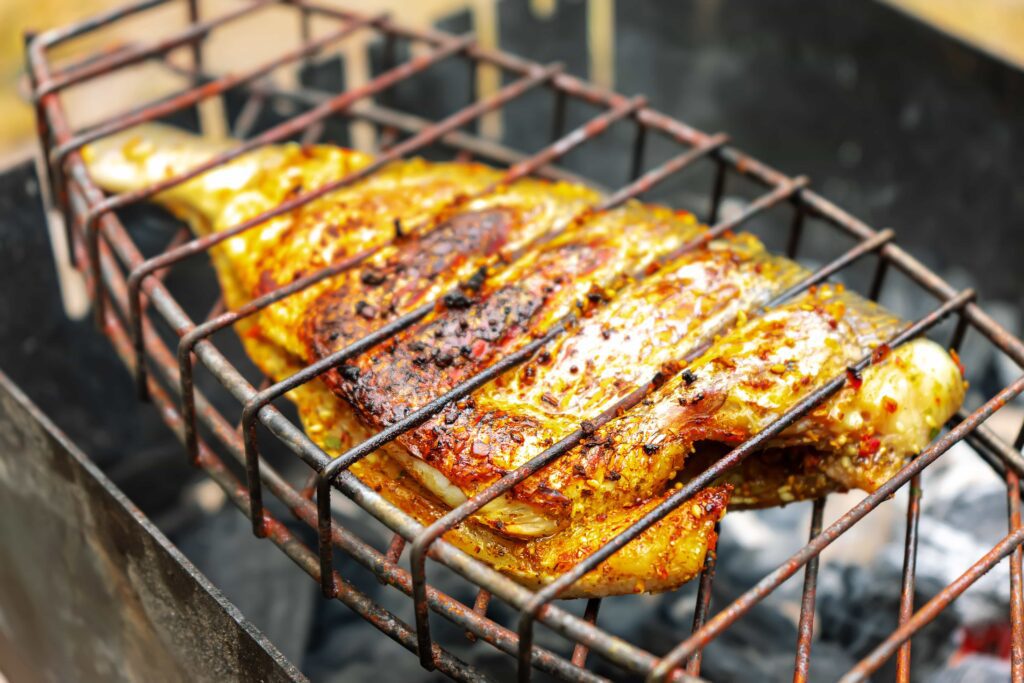
Grilled Fish
Fish is a cornerstone of Japanese cuisine, and grilling is a preferred method of preparation that preserves the natural taste of the fish without adding unnecessary fats.
Popular choices include:
- Salmon (sake)
- Mackerel (saba)
- Sea bream (tai)
Tempura (In Moderation)
While tempura is a fried food, it’s typically lighter than Western deep-fried dishes. Vegetables and seafood are dipped in a light batter and quickly flash-fried in clean oil, keeping them crisp without being greasy.
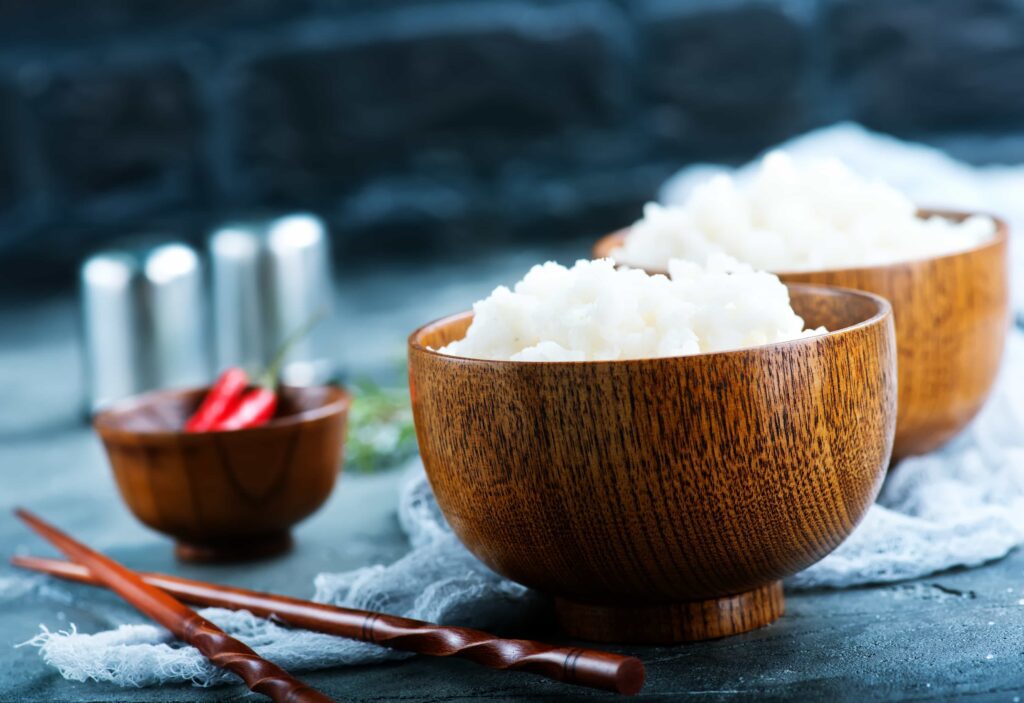
Donburi (Rice Bowls)
Donburi refers to a bowl of steamed rice topped with a protein and vegetables. It’s a one-dish meal that can be tailored to meet nutritional goals. Common varieties include:
- Oyakodon (chicken and egg)
- Gyudon (thinly sliced beef)
- Tekkadon (tuna sashimi)
What makes donburi healthy is the emphasis on whole foods and portion control.
Edamame
These young soybeans, served steamed and lightly salted, are a common appetizer and one of the simplest, healthiest snacks in Japanese cuisine. Some of the benefits of edamame include:
- High in plant-based protein
- A good source of fiber and iron
- Naturally low in fat and cholesterol-free
Their mild flavor and satisfying texture make them a great option for anyone looking to add more legumes and plant protein to their diet.
Traditional Japanese Diet
The traditional Japanese diet, also known as washoku, is rooted in simple, natural, and minimally processed ingredients.
Meals are typically built around a foundation of rice, seasonal vegetables, seafood, and small portions of meat or tofu. Unlike many Western diets, the traditional Japanese approach avoids heavy sauces, processed foods, and excessive sugar or fat.
Health Benefits of Japanese Cuisine
With these amazing healthy foods, it is no surprise that Japanese cuisine is consistently ranked among the healthiest diets in the world.
Some of the key health benefits include:
- Longevity: Japan has one of the highest life expectancies globally, thanks in part to its nutrient-rich diet.
- Heart Health: High consumption of fish and vegetables helps reduce the risk of cardiovascular disease.
- Low Obesity Rates: The emphasis on portion control, plant-based foods, and low saturated fats contributes to healthier body weights.
- Gut Health: Regular intake of fermented foods improves digestion and immune function.
- Anti-inflammatory Properties: Many staples, such as green tea, seaweed, and oily fish, offer anti-inflammatory compounds that support overall well-being.
The Role of Fermented Foods
Another key factor in healthy Japanese foods is fermentation. Not only does it enhance flavor and preserve food, but it also promotes gut health through the introduction of beneficial bacteria (probiotics). Here are three standout fermented foods in Japanese cuisine:
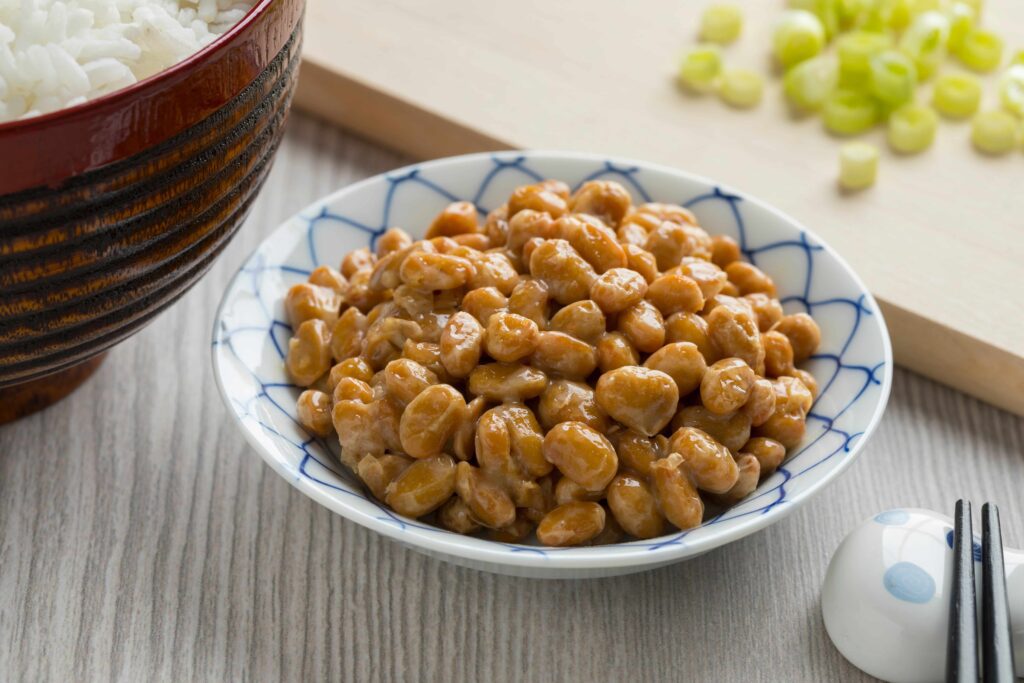
Natto
Natto is a fermented soybean dish known for its strong aroma, sticky texture, and bold flavor. Though it’s an acquired taste for some, it’s one of the healthiest foods in the Japanese diet.
- Rich in probiotics, which support digestive and immune health
- High in vitamin K2, essential for bone health and cardiovascular function
- Contains nattokinase, an enzyme linked to improved blood flow and reduced blood clot risk
Natto is typically eaten with rice and a touch of mustard or soy sauce.
Kimchi
Though Korean in origin, kimchi has become popular in Japanese diets due to its taste and health benefits. It’s a fermented vegetable dish, often made from napa cabbage and radishes with garlic, ginger, and chili.
- Packed with probiotics, fiber, and vitamins A and C
- Supports digestion and immune function
- Low in calories and high in antioxidants
Kimchi is often served as a side dish or incorporated into soups and rice bowls.
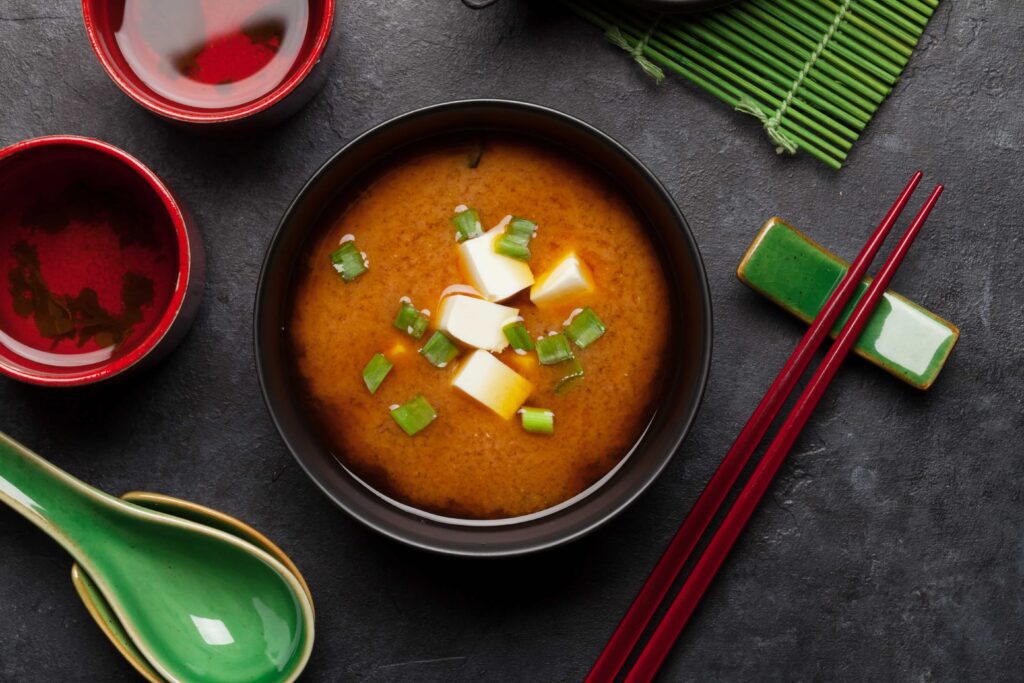
Miso
Miso is a fermented paste made from soybeans, rice, or barley and is the base for one of Japan’s most iconic dishes—miso soup.
- Rich in probiotics that support gut microbiota
- A good source of B vitamins, zinc, and manganese
- Contains isoflavones, which may have protective effects against certain cancers and heart disease
Because miso is high in sodium, it’s best enjoyed in moderation as part of a balanced diet.
How to Incorporate Healthy Japanese Food into Your Diet
Bringing healthy Japanese foods into your daily routine doesn’t require a complete overhaul of your eating habits. All you need is to make a few adjustments to your existing diet. Here are a few easy ways to start:
- Start with sides: Add miso soup or a small bowl of edamame to your meals for a Japanese-inspired, nutrient-rich addition.
- Go for fish: Replace red meat a few times a week with grilled salmon or mackerel for a boost in omega-3s.
- Try rice bowls: Build donburi-style rice bowls with steamed rice, grilled tofu or fish, and a mix of sautéed or pickled vegetables.
- Embrace fermentation: Add miso, kimchi, or even natto to your meals for their gut-healthy probiotics.
- Practice balance: Use the ichiju-sansai model to plan meals with variety and moderation—focusing on whole, seasonal foods.
By incorporating these elements gradually, you’ll not only improve your health but also experience the simple beauty and satisfaction of Japanese cuisine.
Try All Types of Health Foods at Kobe!
Now that you know all about the amazing healthy Japanese foods that are available, why not try them for yourself at Kobe Japanese Steakhouse. Split an order of Edamame with your friends or experience an authentic ichiju-sansai meal at one of our Teppenyaki dining room tables.
Book a reservation, order for carry out, or even book catering from Kobe and immerse yourself in the amazing tastes of healthy Japanese food.

